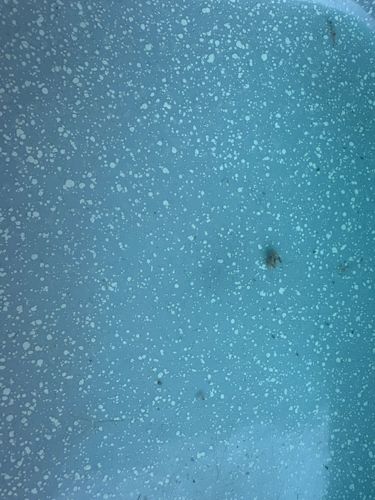Mosquito
Scientific Name: Various species within Culicidae (e.g., Anopheles, Aedes, Culex)
Order & Family: Order: Diptera, Family: Culicidae
Size: 3-6 mm (0.12-0.24 inches) in length, though some species can be larger.

Natural Habitat
Mosquitoes are found globally in various habitats, particularly in warm, humid regions. They thrive in areas with standing water for breeding and vegetation for resting.
Diet & Feeding
Female mosquitoes feed on blood from various hosts, including humans, mammals, and birds. Both male and female mosquitoes feed on plant nectars and other sugar sources for energy.
Behavior Patterns
Larvae develop in water, typically in still or slow-moving water sources like ponds, puddles, or even small containers. Adults are aerial, often found near their breeding sites. Females require a blood meal to produce eggs, while males feed on nectar.
Risks & Benefits
Risks: Mosquitoes are significant vectors for numerous diseases, including malaria, dengue fever, Zika virus, West Nile virus, and chikungunya, posing a major public health threat. Benefits: Mosquitoes play a role in the food chain, serving as food for various animals like birds, bats, and fish. They also contribute to pollination as adults feed on nectar.
Identified on: 8/29/2025